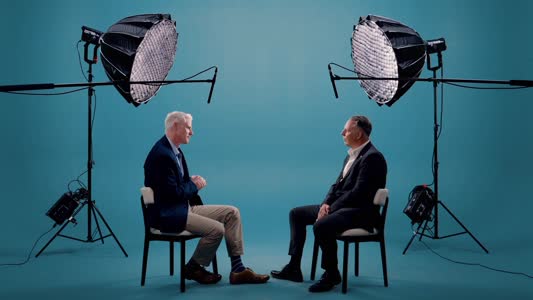

|
Edward Lowton
Editor |


|
| Home> | Health, Safety & Welfare | >Noise control and measurement | >Implementing the correct noise monitoring measures to improve wellbeing |
Implementing the correct noise monitoring measures to improve wellbeing
30 October 2024
With approximately 11,000 workers in the UK experiencing hearing impairments directly linked to workplace noise exposure, it is vital to have effective noise monitoring measures in place, says Tim Turney

NOISE EXPOSURE is often downplayed in the hierarchy of workplace health and safety issues, despite its impact on personal health and wellness. Noise induced hearing loss is the world’s number one occupational disease and is both permanent and incurable.
Hearing loss affects over 11 million people in the UK. By 2035, it’ll be one-fifth of people increasing to almost 15.6 million by 2035 (Hearing Matters, 2020, RNID) . Despite this concerning statistic, the risks posed by noise exposure are often overlooked in place of other workplace health and safety threats.
Tackling Occupational Deafness
According to the Health and Safety Executive, approximately 11,000 workers in the UK are presently grappling with hearing impairments directly linked to workplace noise exposure. In the latest data, 85 cases were severe enough to lead to 'occupational deafness'. While there are technologies available to aid those with partial deafness, complete hearing loss, often induced by excessive noise exposure, is typically irreversible. However, with the implementation of appropriate measures, such as noise control and protective equipment, such cases are frequently preventable.
The UK enforces good employer practice through the Control of Noise at Work Regulations, which state that employers need to take action to reduce noise exposure and provide personal hearing protection and health surveillance to employees as much as is reasonably practicable. Employees must have personal hearing protection made available to them at one action level and must wear hearing protection at the next hearing level. This assumes that the correct hearing protection wear is effectively fitted, worn at all times and maintained in good condition.
Sound is quantified in decibels (dB), utilising a logarithmic scale where each three-decibel rise signifies a doubling of sound energy. This escalation in noise energy corresponds directly to a doubling of the risk of hearing impairment, highlighting the substantial impact even minor increments in decibels can have on employee wellbeing. From this perspective, managing the right level of noise exposure within a workplace environment can play an important part in employee productivity, reduced absenteeism and improved employee retention.
Assessing the Effects of Noise Levels
Assessing the wellbeing aspect of the effects of noise levels assumes that there are pre-existing measures set in place which effectively measure levels. As an initial measure in evaluating the risk of hearing damage or assessing the suitability of a space for a particular purpose, obtaining an objective noise measurement in the workplace or built environment is relatively simple using a handheld sound level meter, preferably equipped with frequency analysis capabilities.
Modern noise dosimeters are compatible with applications to work on mobile devise such as a phone, providing the ability to monitor the units remotely, if within Bluetooth range. This allows access to data that can be referred to when making decisions about the type of hearing protection needed in that situation. Subsequently providing an understanding of what human protection practices are already in play, which ensures that the instrument is operating in the correct range and for the correct purposes.
Tim Turney is global marketing manager at Casella
For more information:
Tel: +44 (0)1234 844100
- Software handles the data monster
- Dust sampling pumps
- Casella launches first online interactive tour for sound level meters and noise dosimeters
- Latest technology:Listen and learn
- Achieving high level service status
- Meters unveiled
- New human vibration meter
- Air sampling pump calibrator
- 24-hour monitoring
- Noise at work training

















